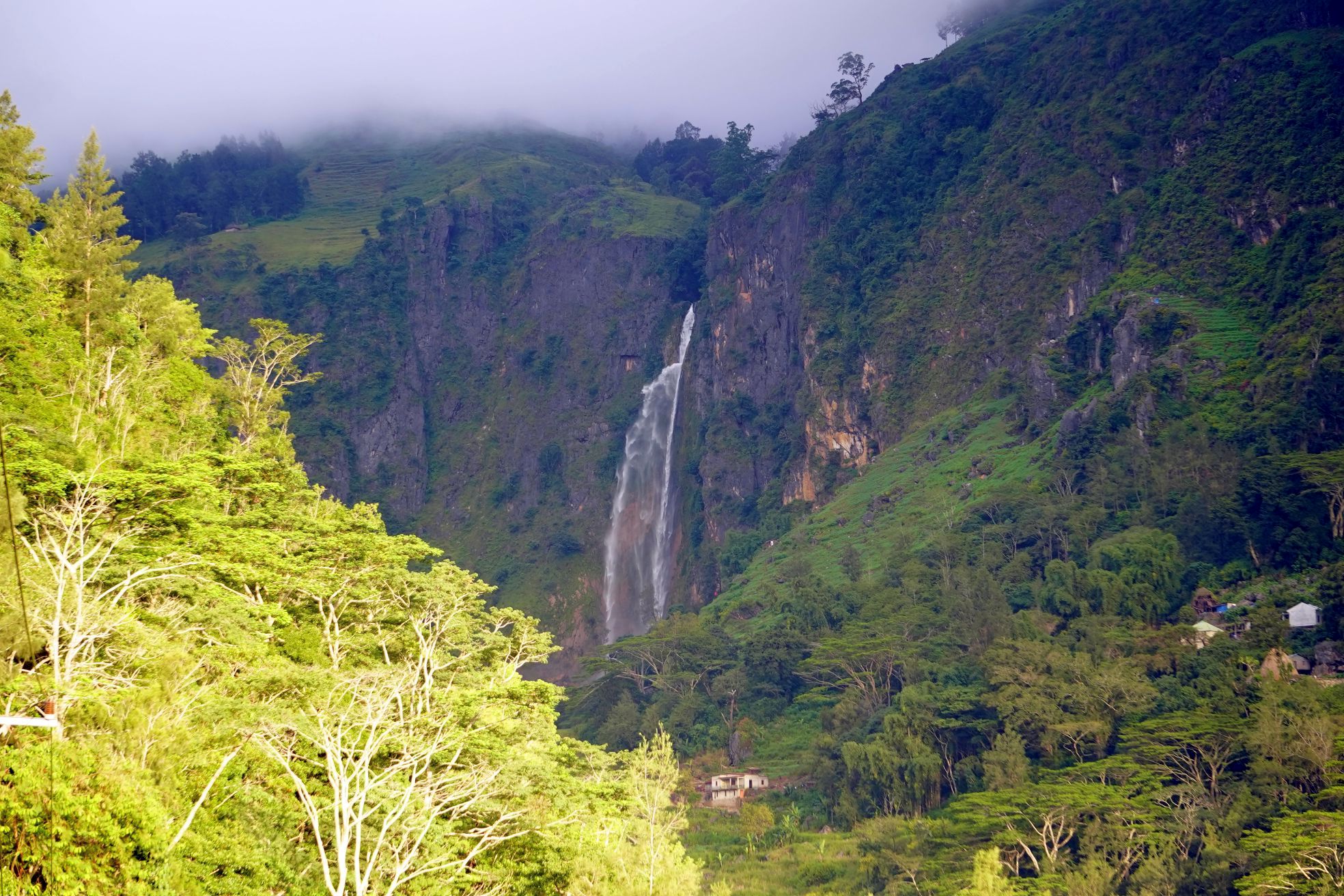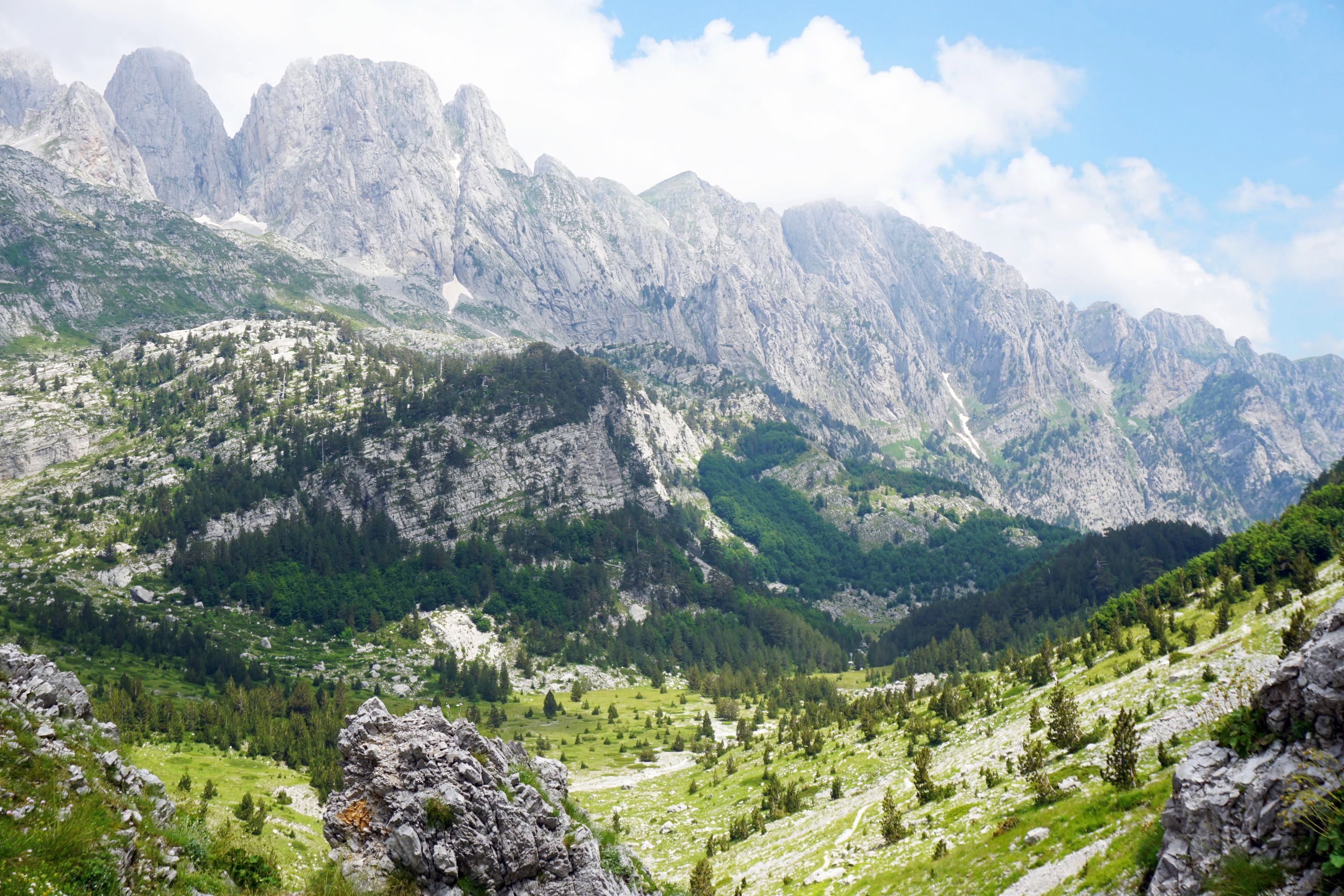One of the most pleasant places in London, Greenwich is home to wonderful museums, superb views, and perhaps the city’s best park. It is only two train stops from London Bridge station and has enough to fill a day exploring.
The Cutty Sark is one of the most famous ships in the world, the only surviving tea clipper. She was built for speed, carrying 10,000 chests of fresh tea from India to London at speeds of up to 20mph. She did this with 11 miles of riggings but only 26 crewmen. After the Suez Canal opened and steamships could outpace sailing ships in the tea route she changed to bringing wool from Sydney to London in 73 days. Puts the current 23 hours of flying required in perspective.





Built in 1896 she served for 52 years, sailing nearly a million miles, after which she was close to being lost as most other ships have been. Thankfully she was preserved and opened to the public in 1957. In 2007 she was engulfed in flames after a fire started down in the hull. Thankfully a major restoration programme had started in 2006 and most original items were off the ship when the fire happened. The external surfaces of the hull have been replaced but 90% of the ship is original.




Below the front of the Cutty Sark is the world’s largest collection of Merchant Navy figureheads, donated in 1953 by Sydney Cumbers, known as Long John Silver, who wore an eyepatch after losing an eye as a child.




Just in front of the Cutty Sark is the entrance to the Greenwich Foot Tunnel which runs underneath the Thames. It is 370m long and opened in 1902. It looked particularly popular with cyclists, and forms part of the UK’s National Cycle Route 1 linking Inverness and Dover.


There were some good view across the Thames from here, offering a different perspective to what I’m used to in Central London.



Just back from the water, the Old Royal Naval College was designed by the hugely prolific Sir Christopher Wren, architect of St. Paul’s Cathedral and the rebuild after the Great Fire of London in 1666. Now parts are used by the University of Greenwich, while others are open to the public, including the beautiful chapel. The £12 entrance put me off but the Painted Hall has apparently one of the most stunning Baroque interiors in Europe.










The next two attractions were free. The Queen’s House was cutting edge when it was finished in 1638 by Inigo Jones, a sleek white house, standing out from London red bricks, the first Classical style building in Britain. It was home to royalty, an orphanage school, and hospital school, before being opened to the public in 1947. It is now filled with paintings and models from the neighbouring National Maritime Museum. The central perfect cube shaped room, and connected staircase were highlights.








The National Maritime Museum has changed almost unrecognisably since I visited as a school kid 25 year’s ago. I remember dark rooms filled with models of ships. There are still some models but it’s a much more modern museum now, complete with the seemingly obligatory enclosed courtyard. It was good, but oddly had fewer actual ships than any other maritime museum I’ve visited.













Behind the museum is the lovely Greenwich Park, one of the nicest in London thanks to it’s size, hills (a rarity in London), greenery, and stunning views (which close this post).
The Royal Observatory Greenwich is famous as the home of Greenwich Mean Time and 0 degrees latitude. It’s 28 inch Great Equatorial Telescope was one of the largest in the world when installed on 1893. The neighbouring Peter Harrison Planetarium is the only planetarium in London. I remember the observatory being much more interesting when I visited as a child, it seemed quite small and empty now, other than all the tourists taking selfies on the meridian line.






To end with views of Canary Wharf from the Royal Observatory and the nearby One Tree Hill Vista Point.








Leave a Reply